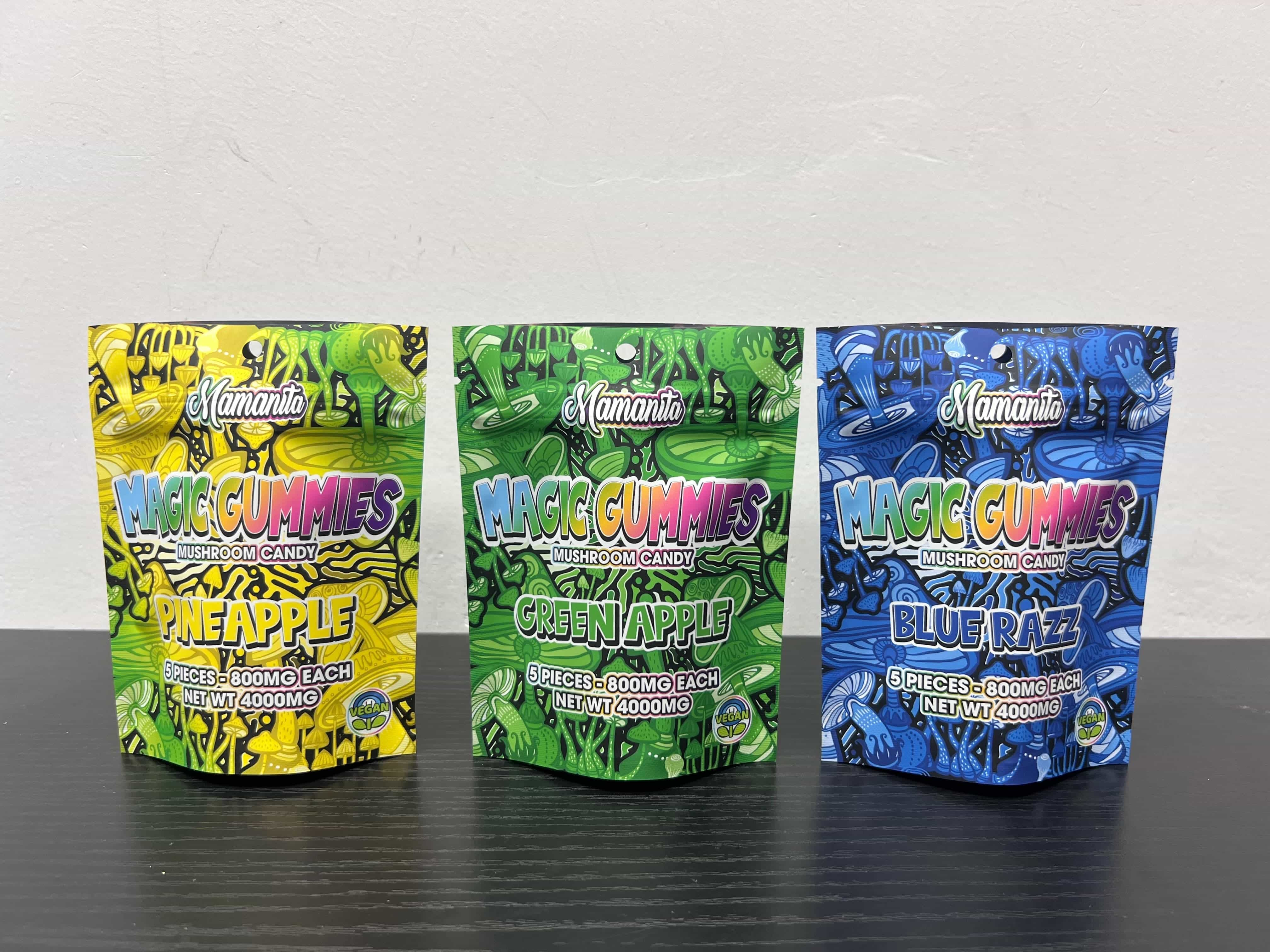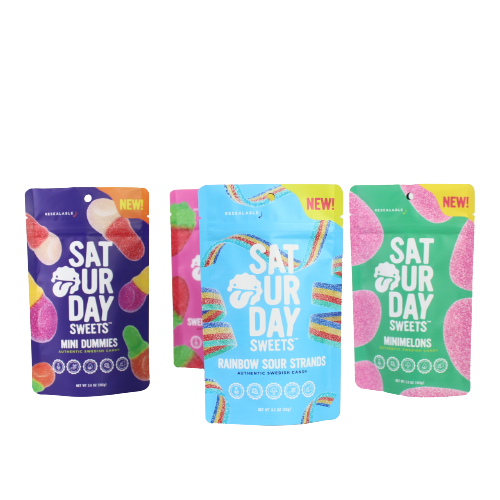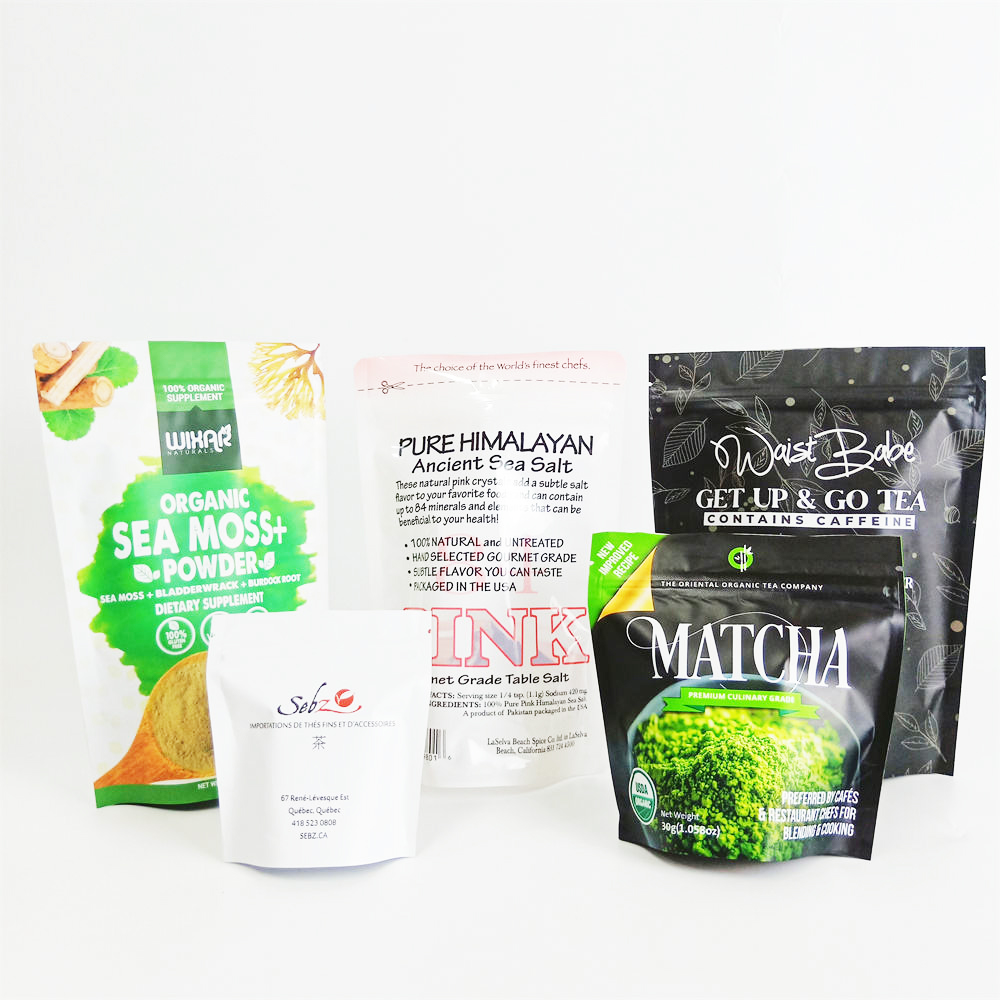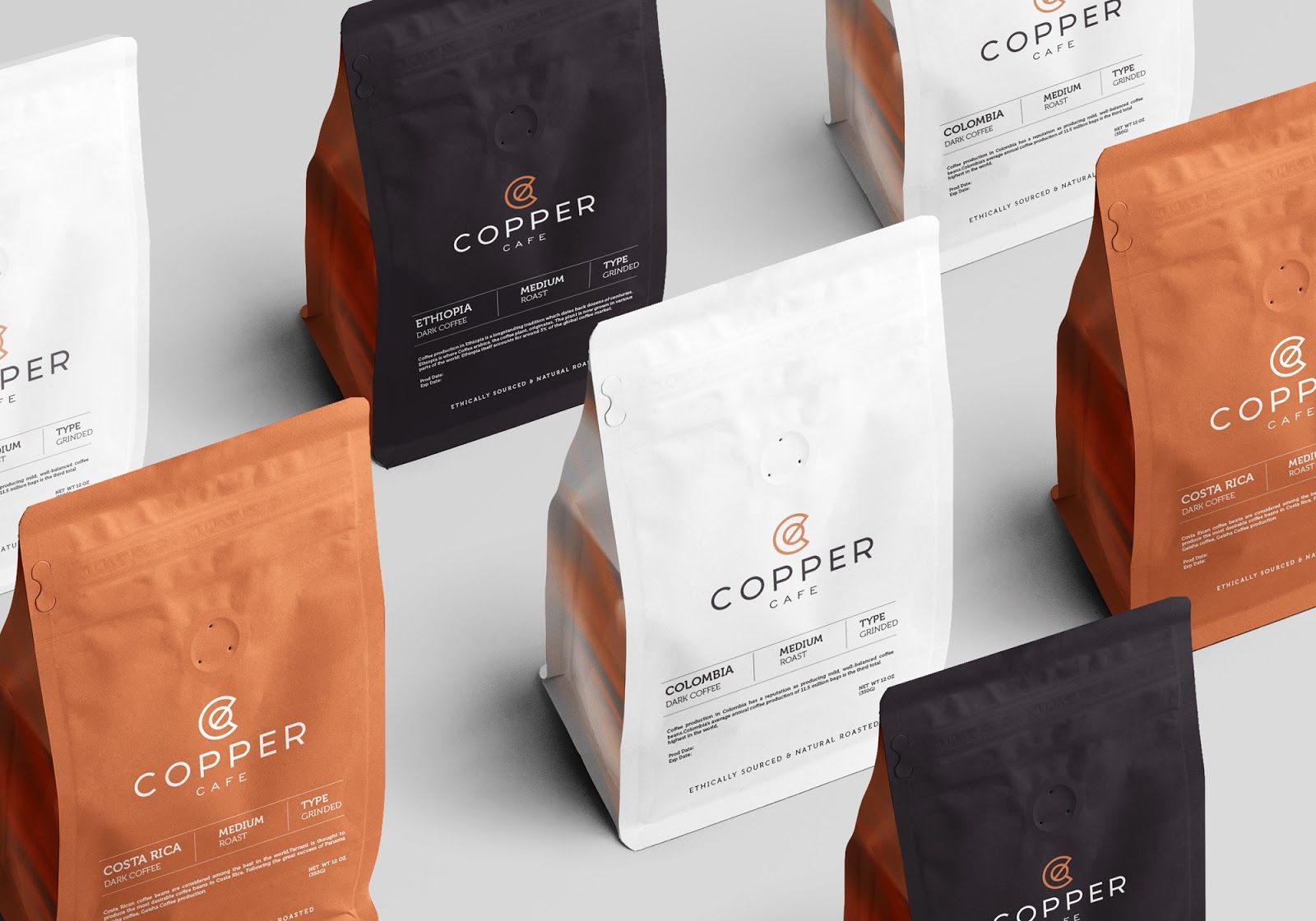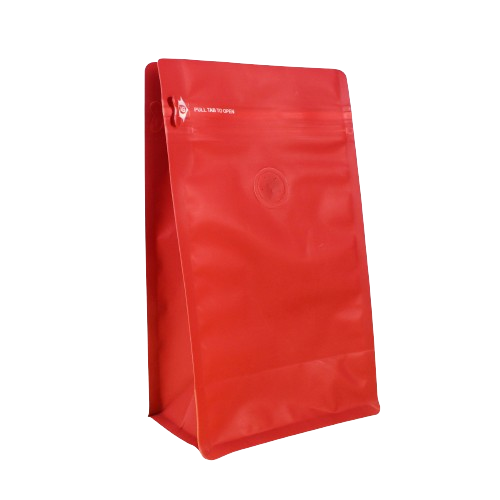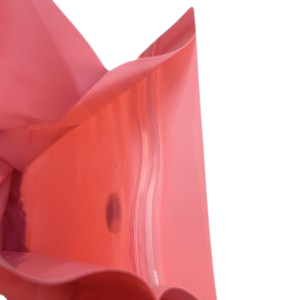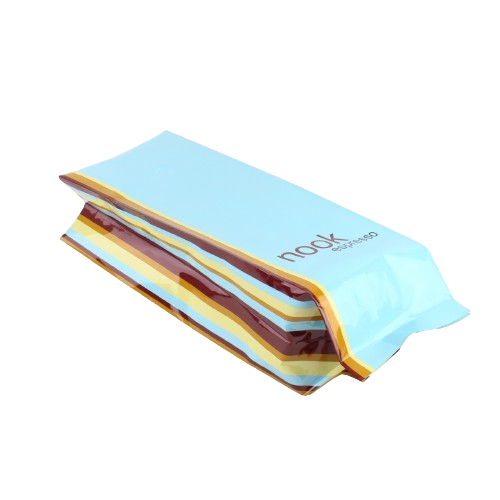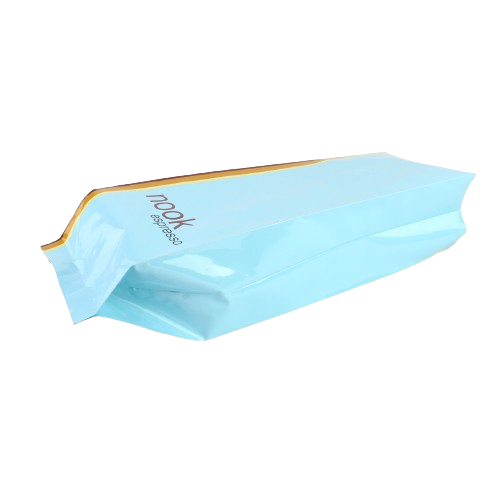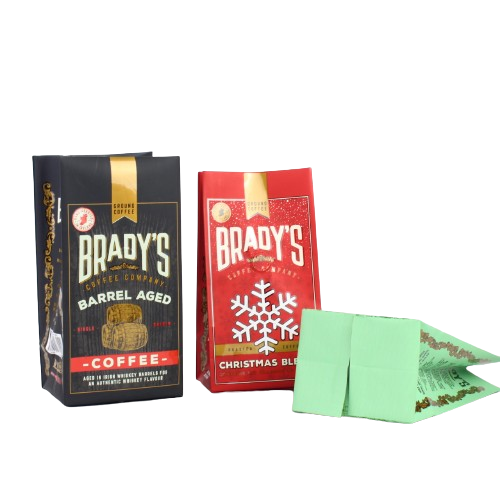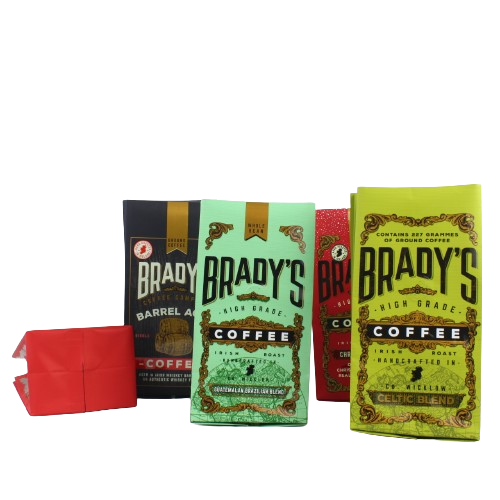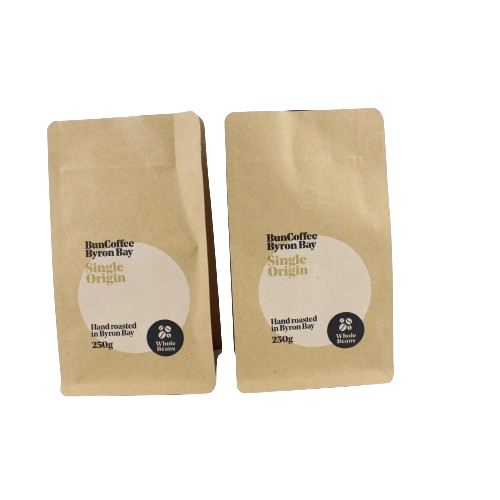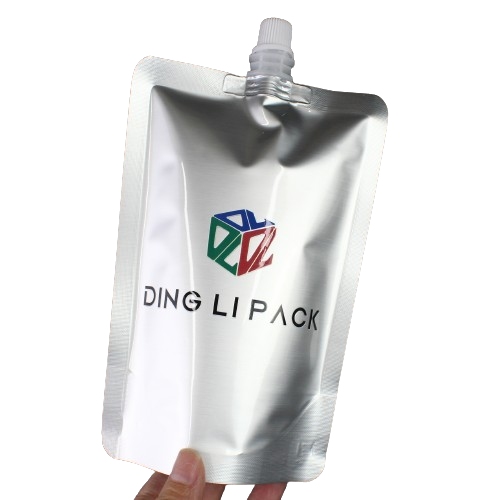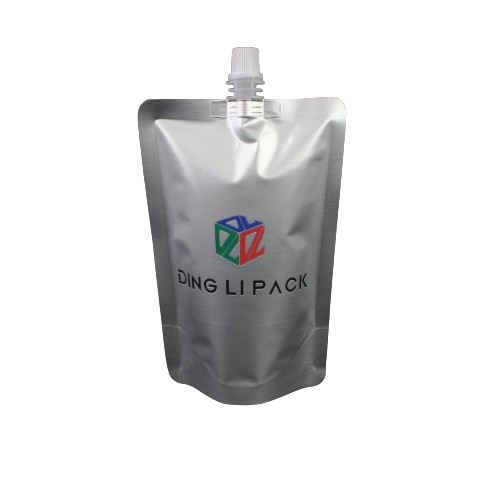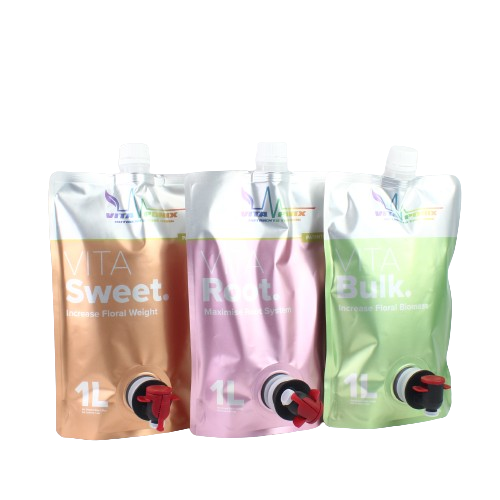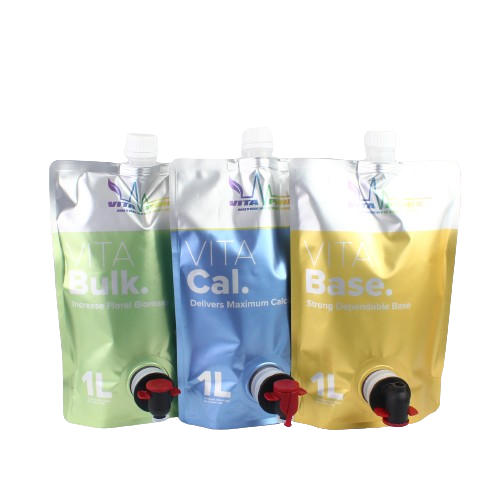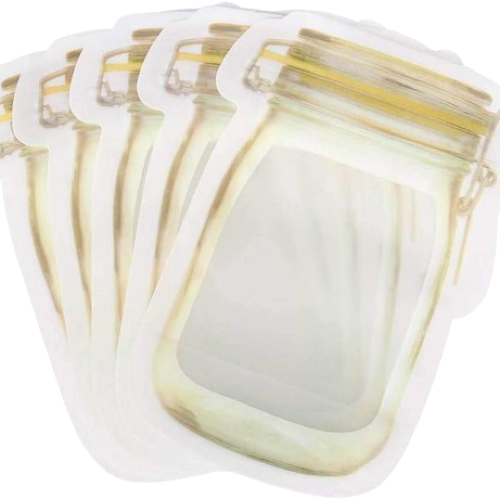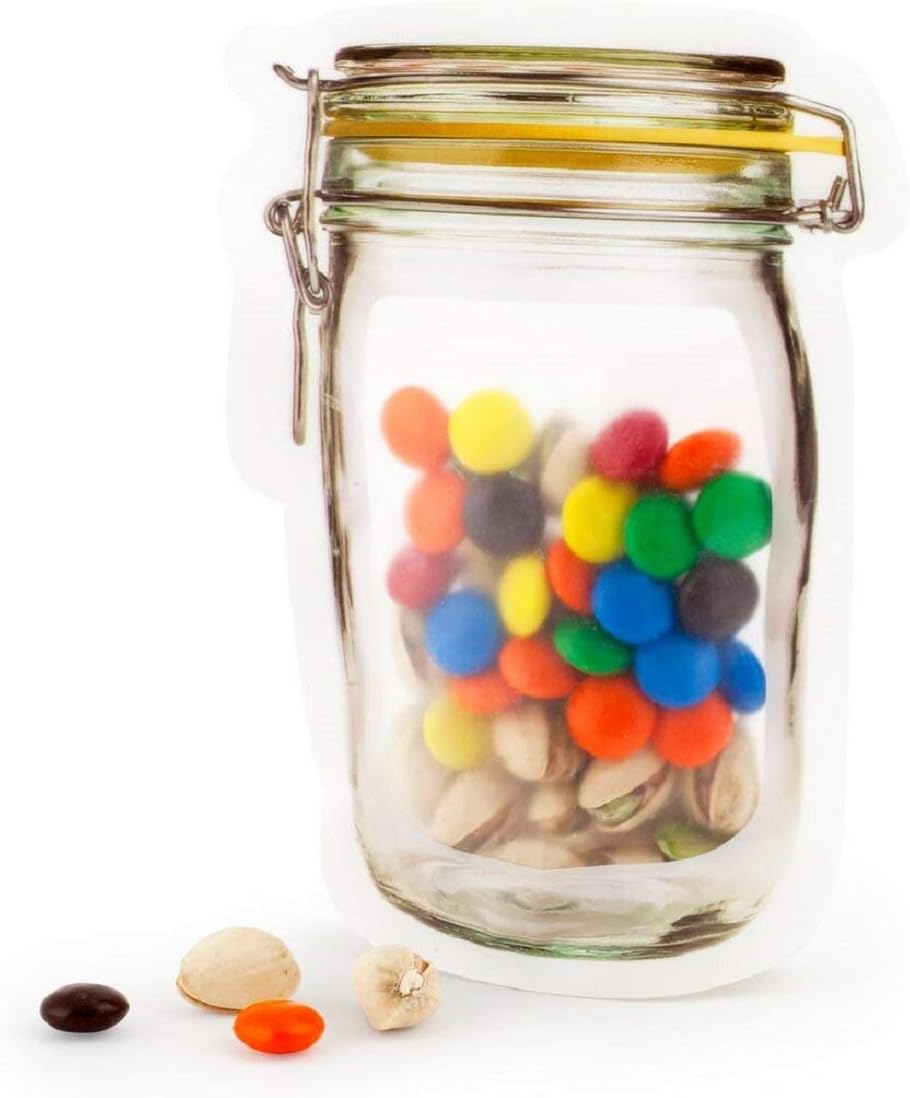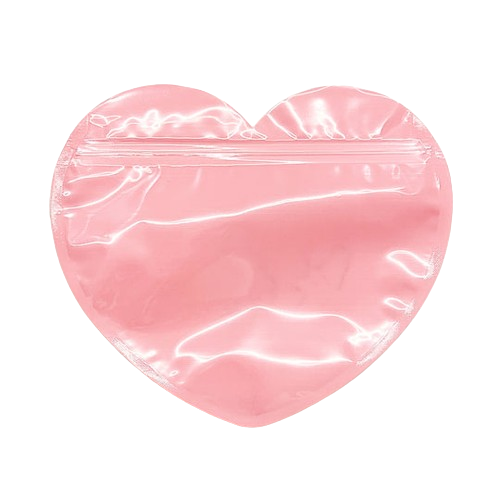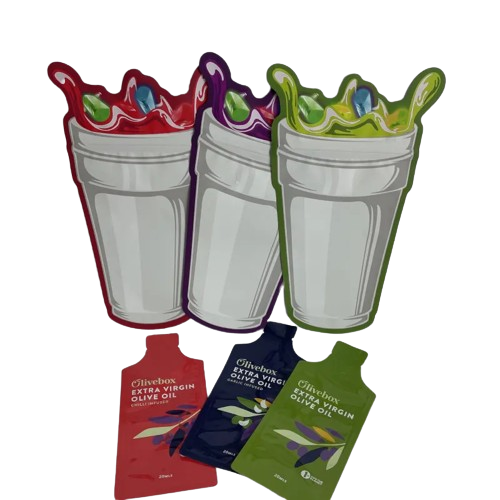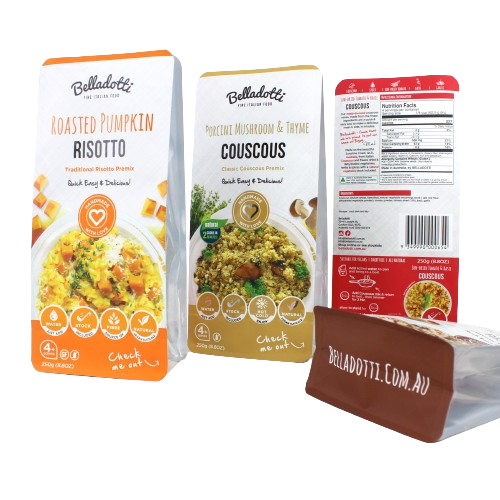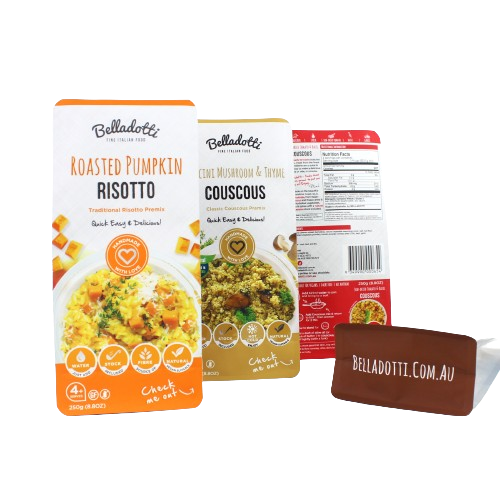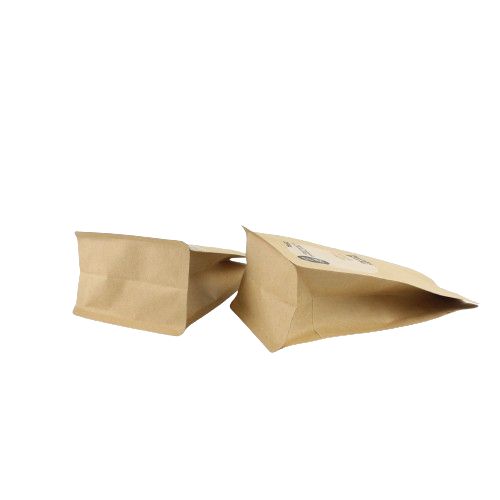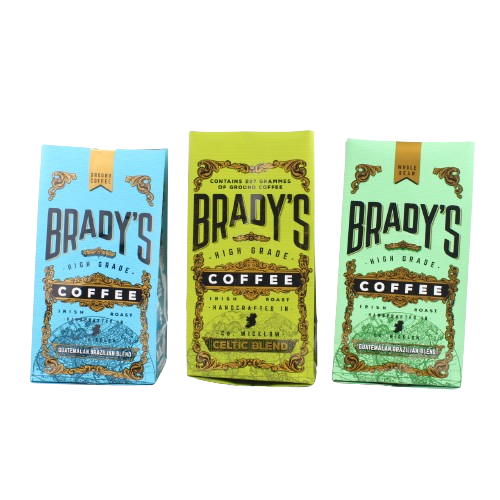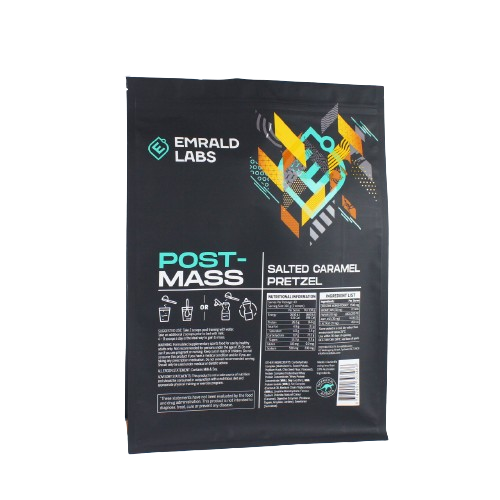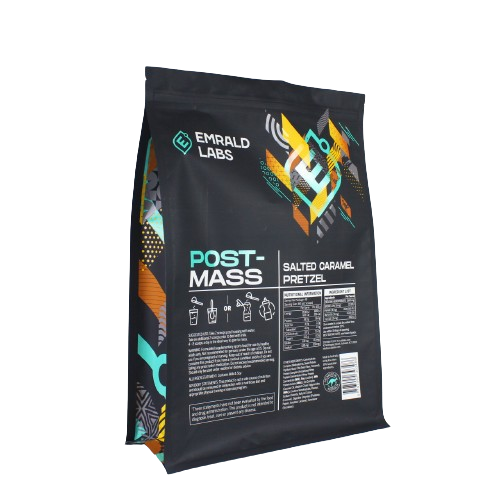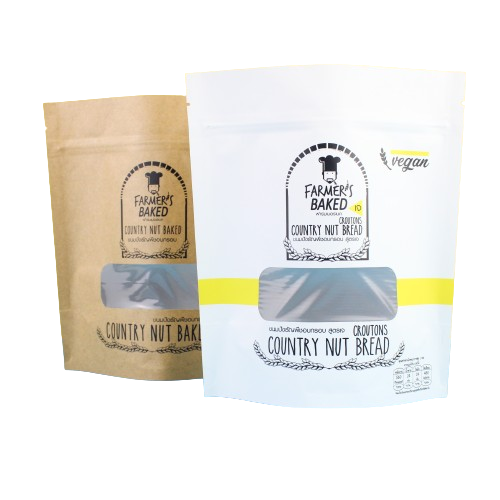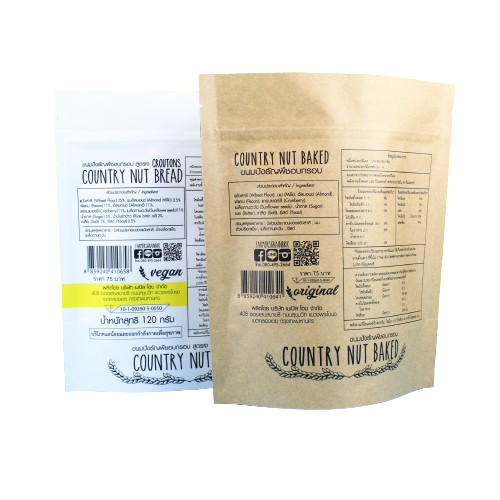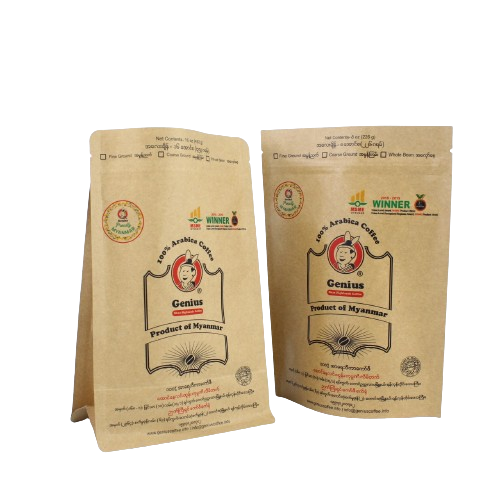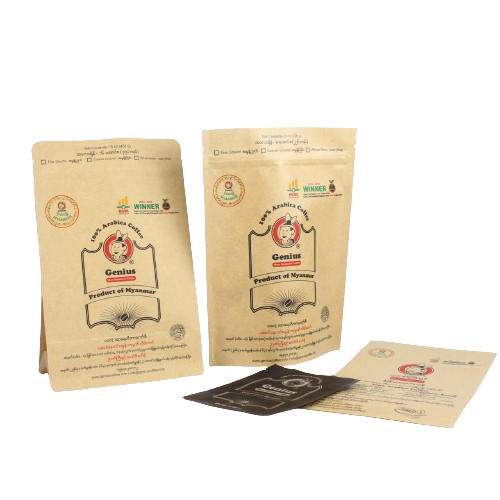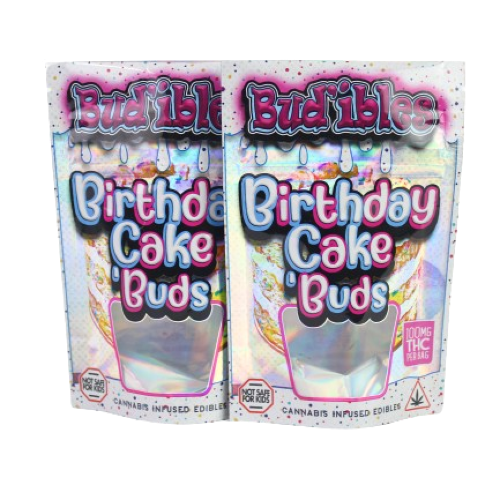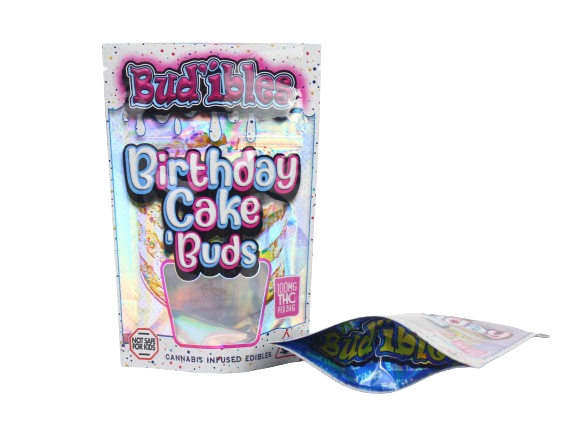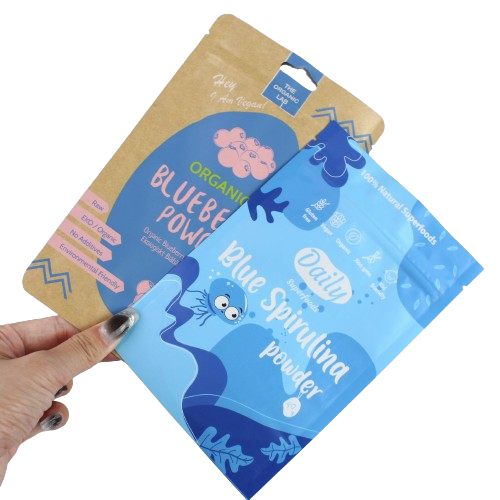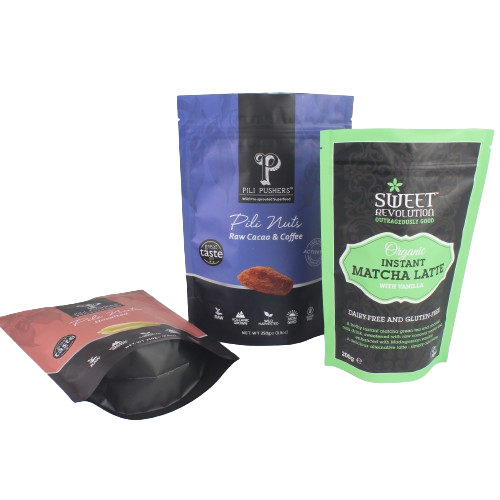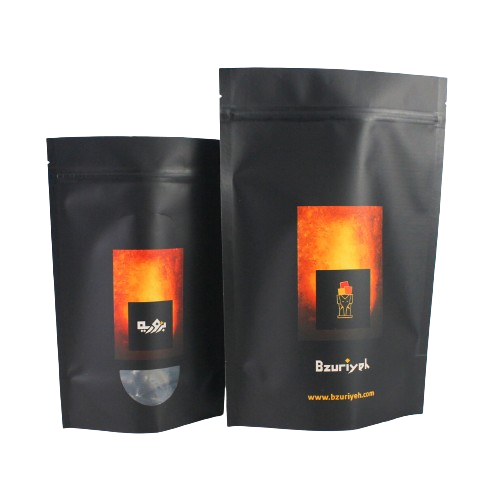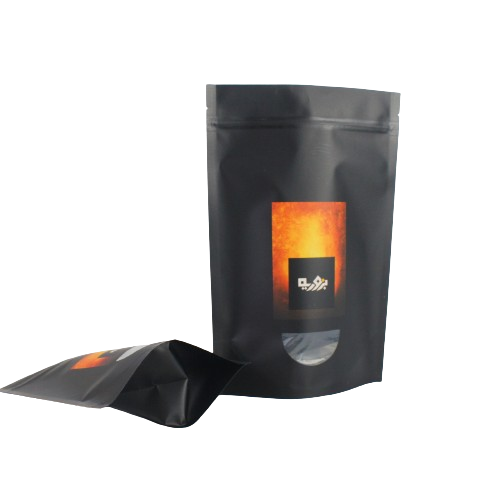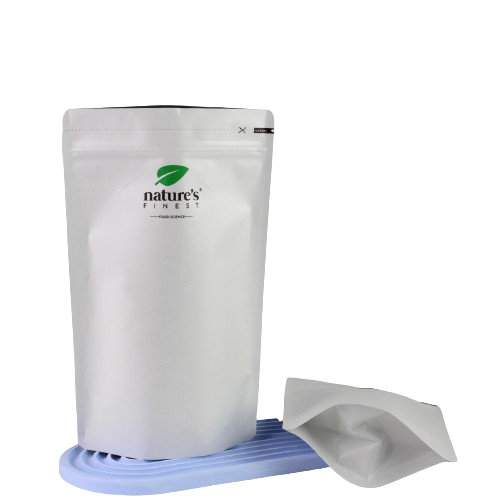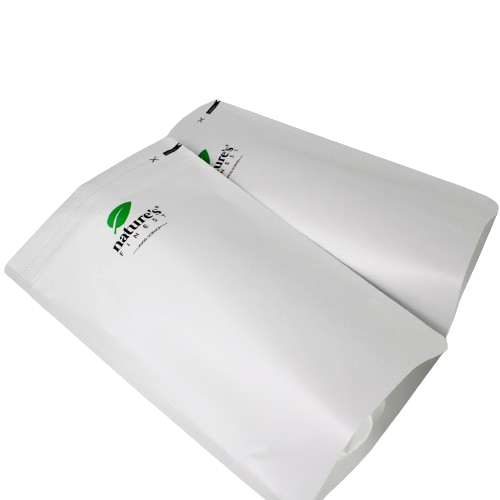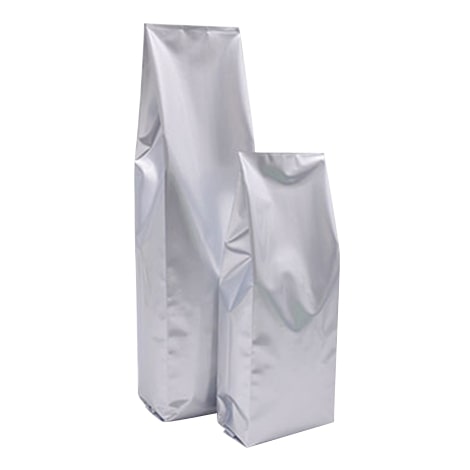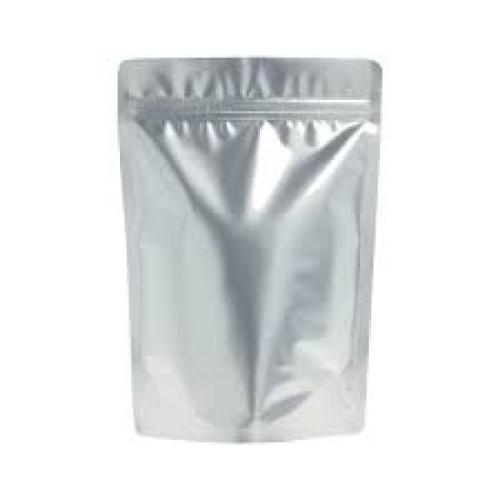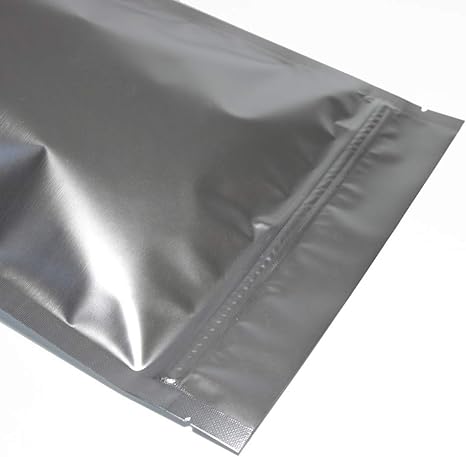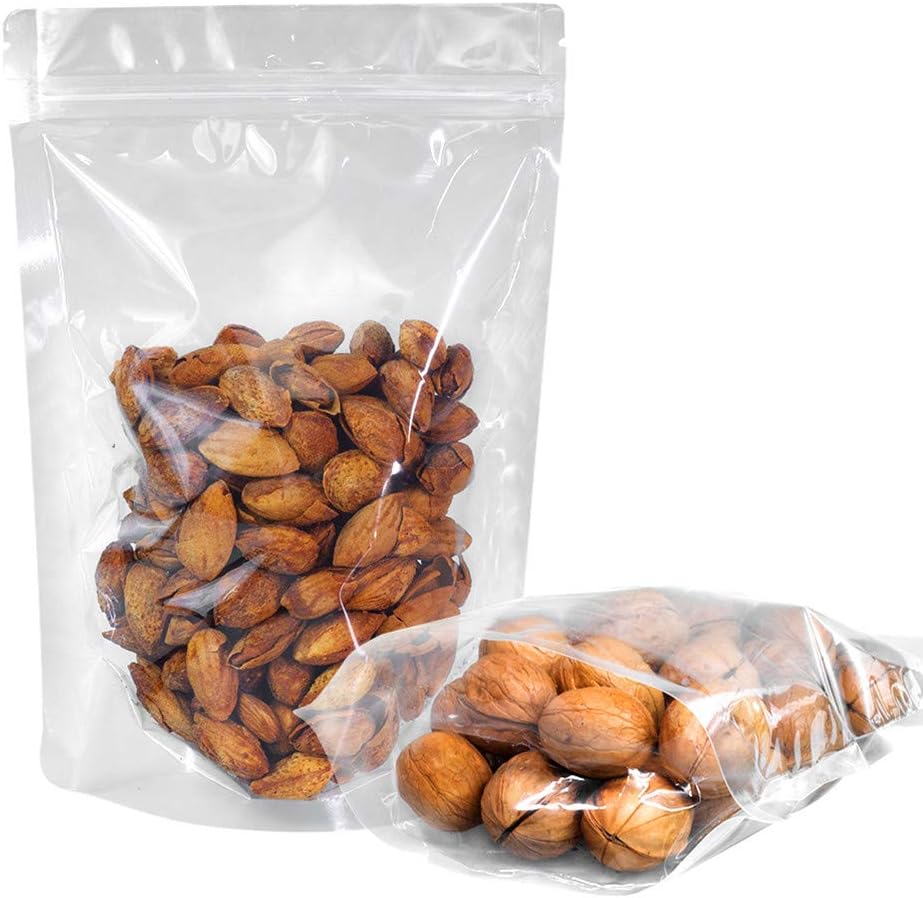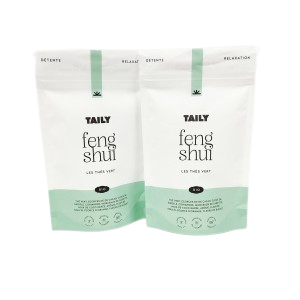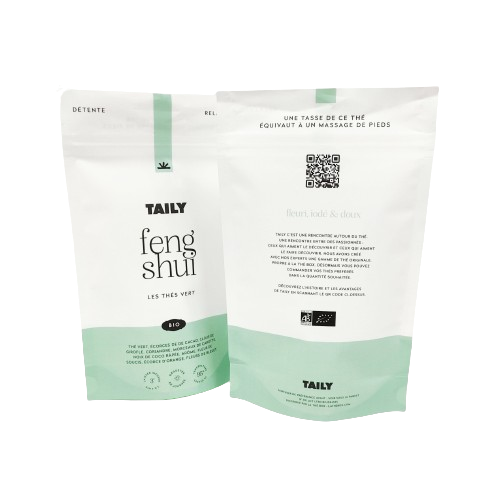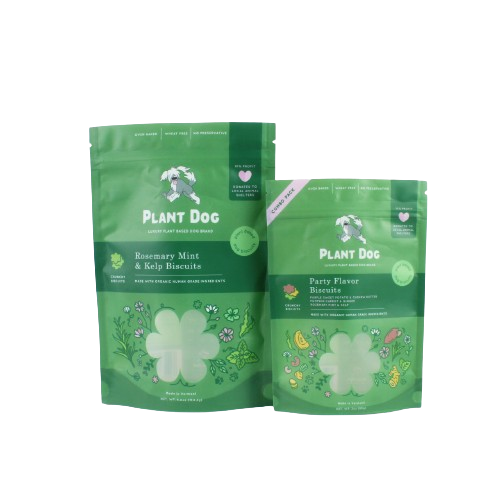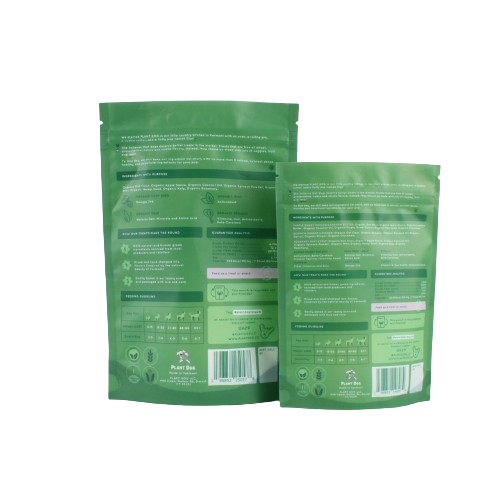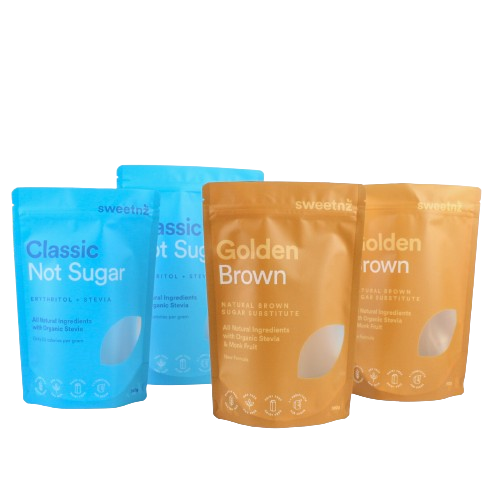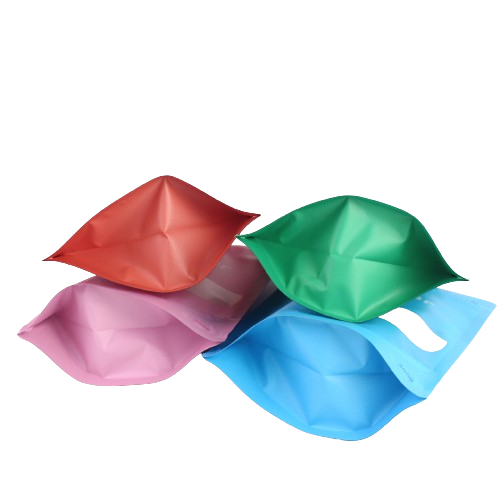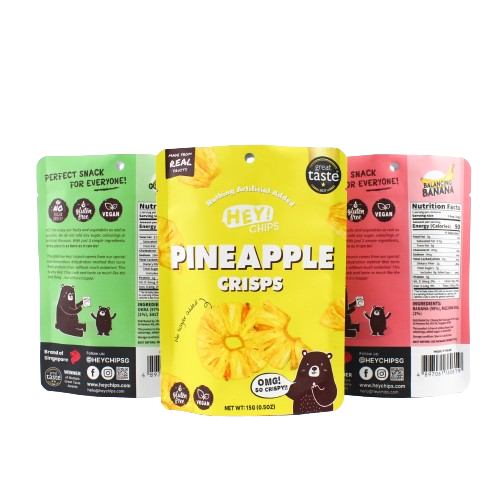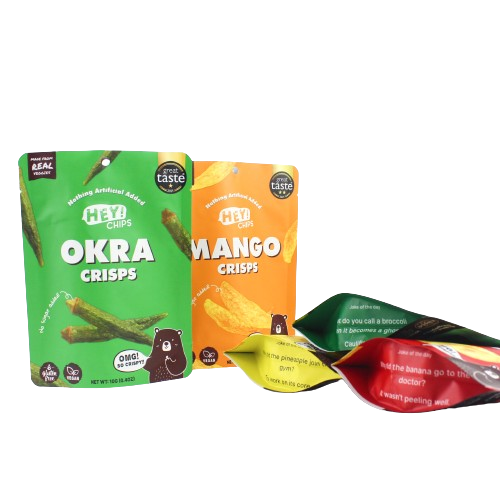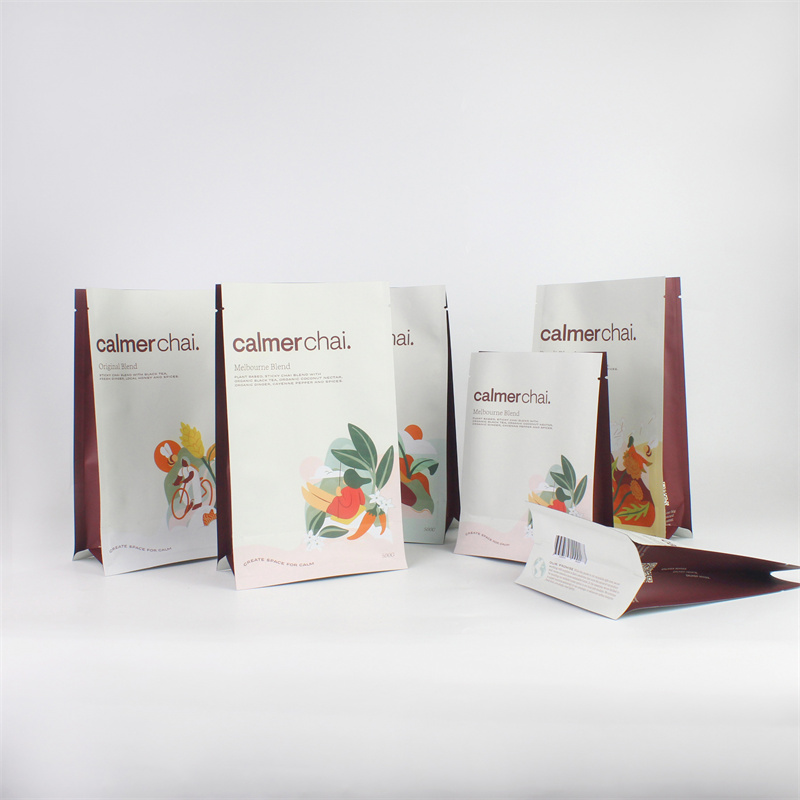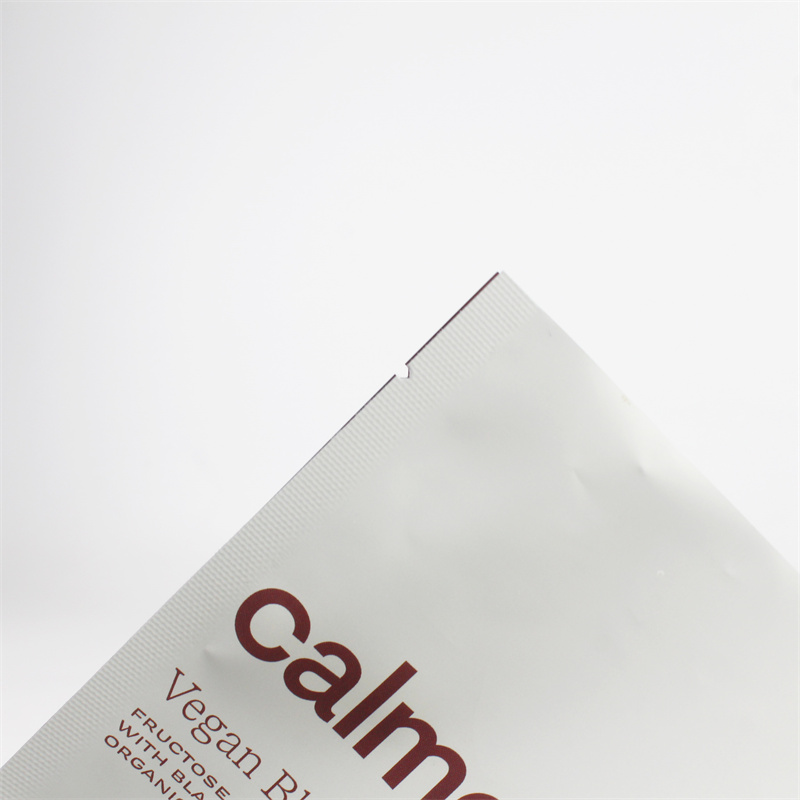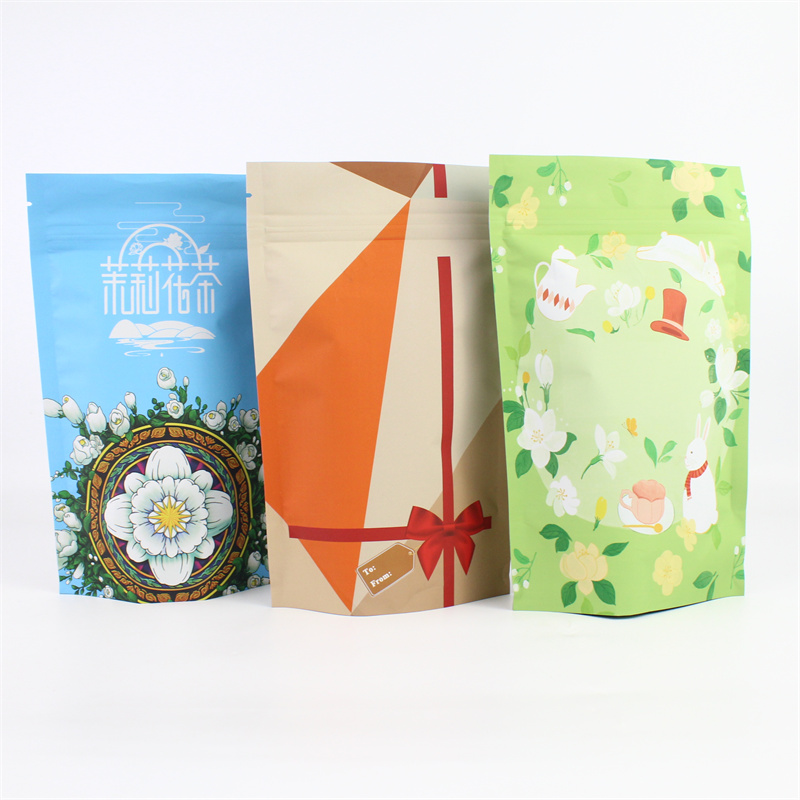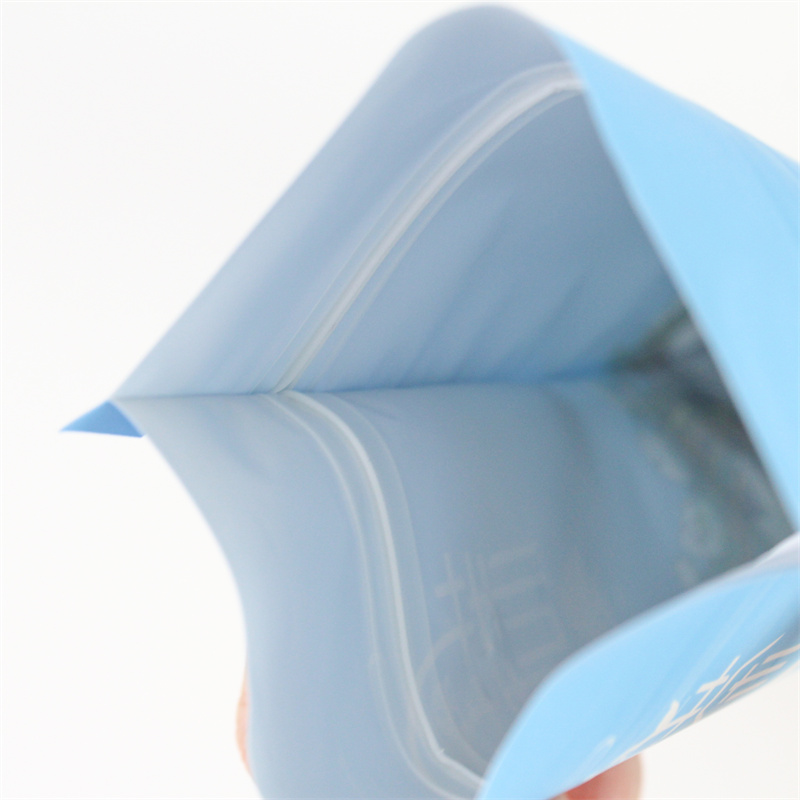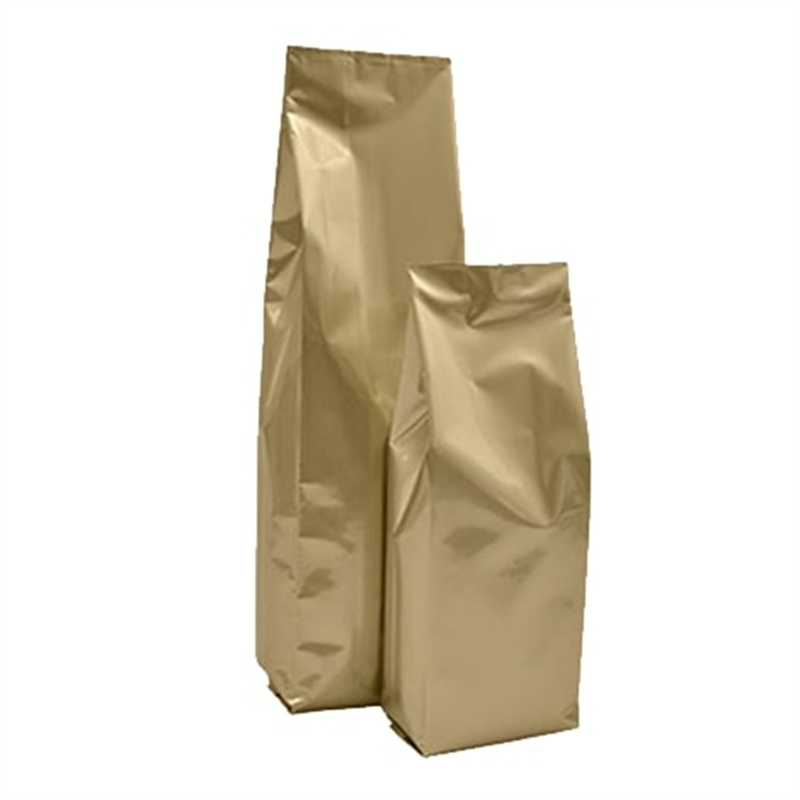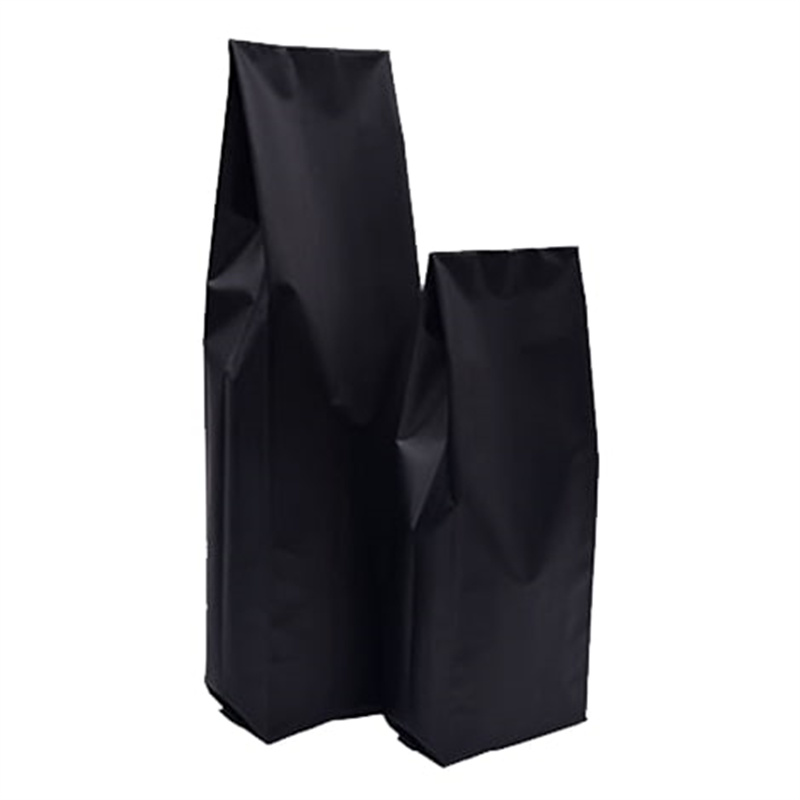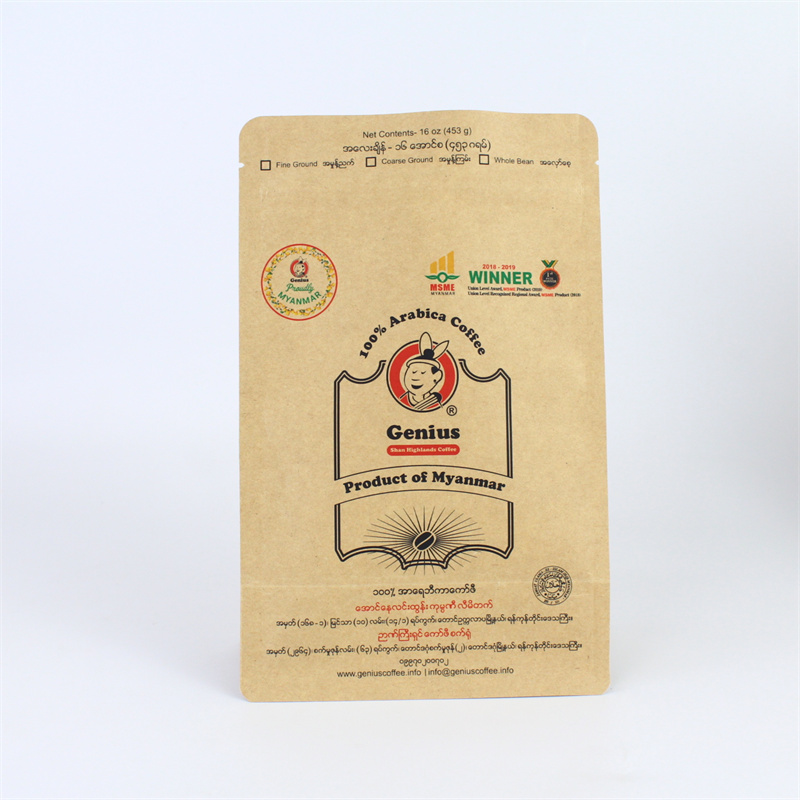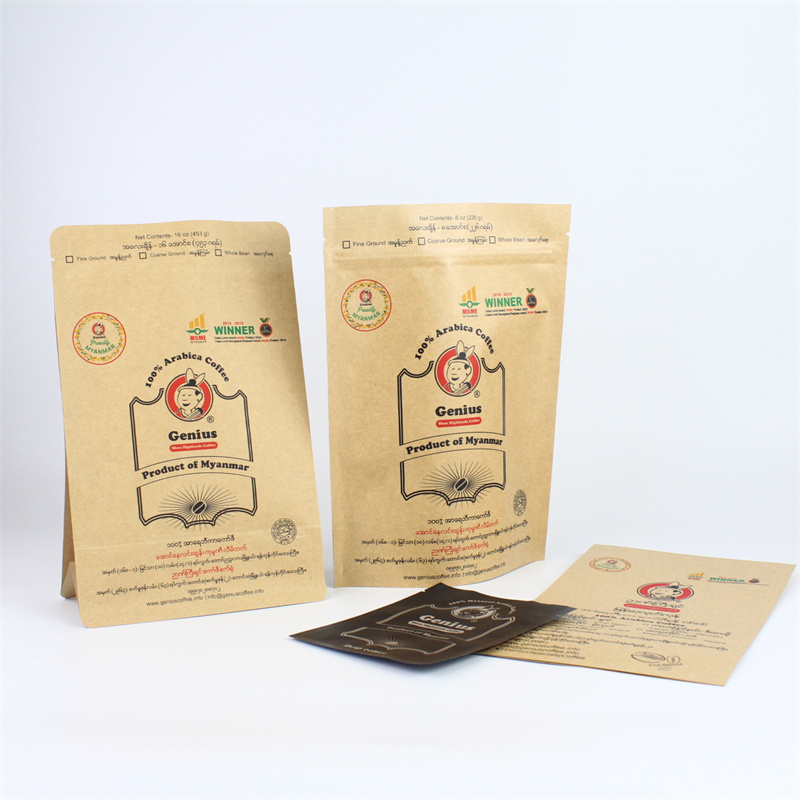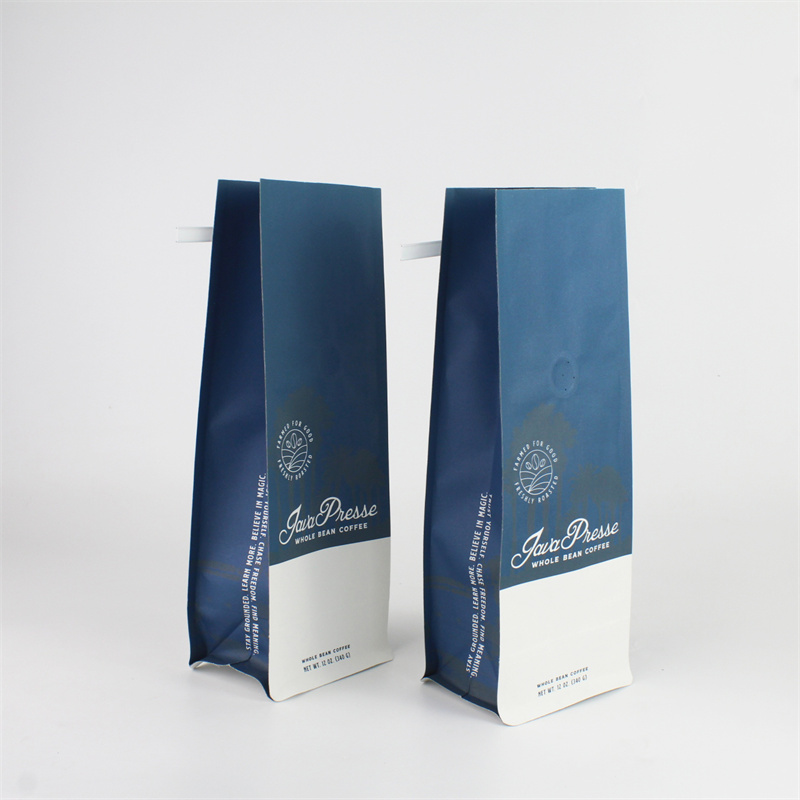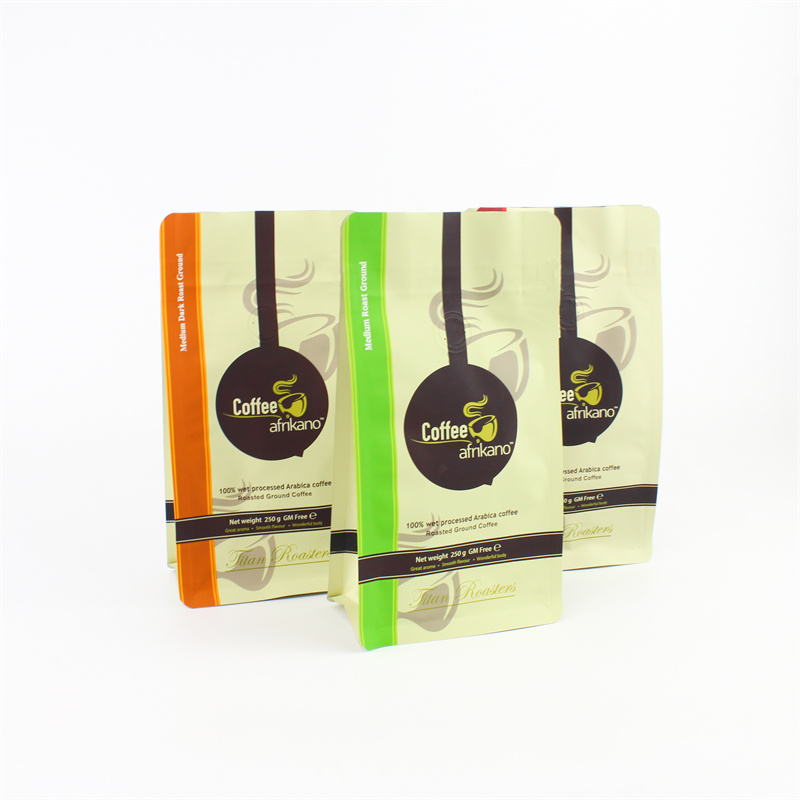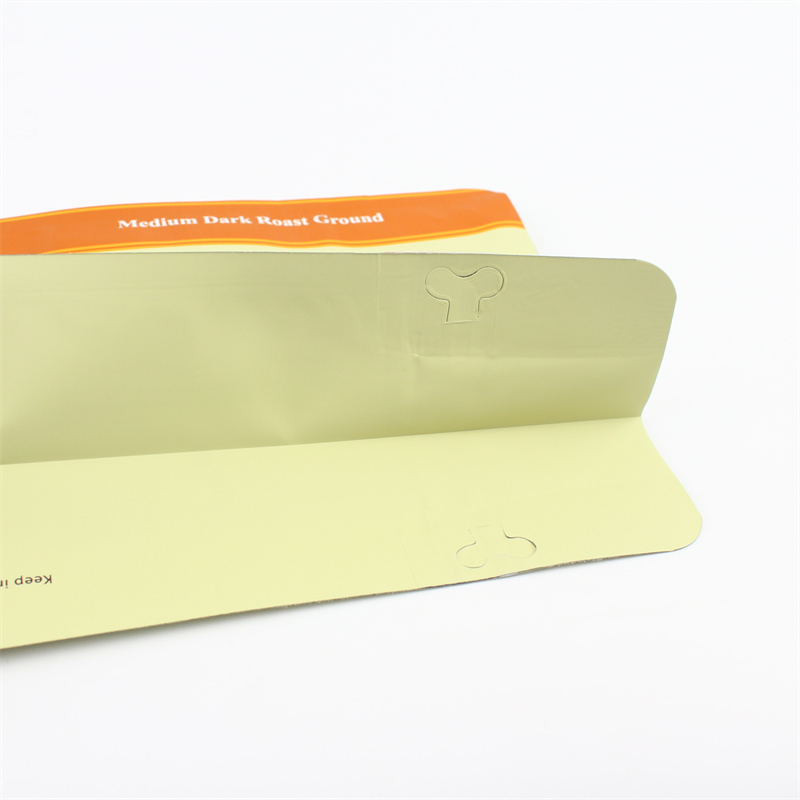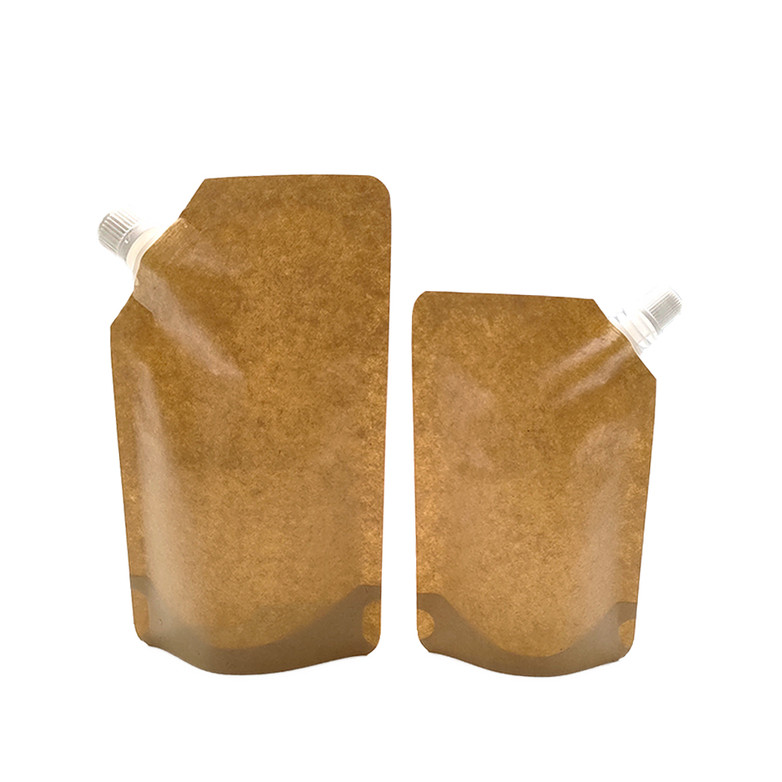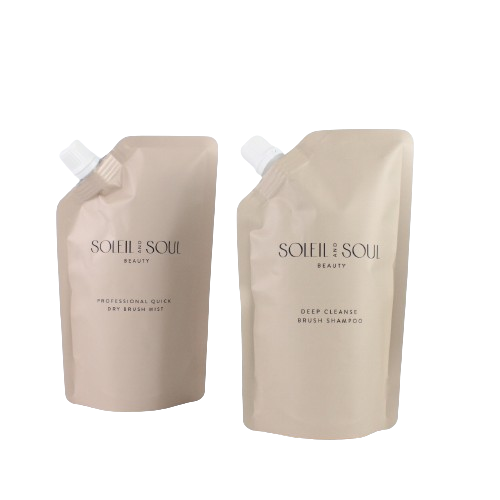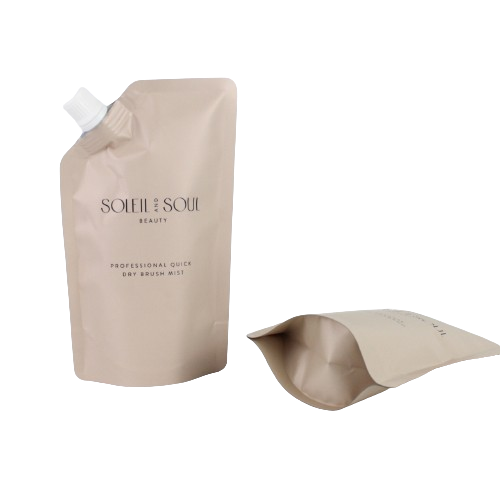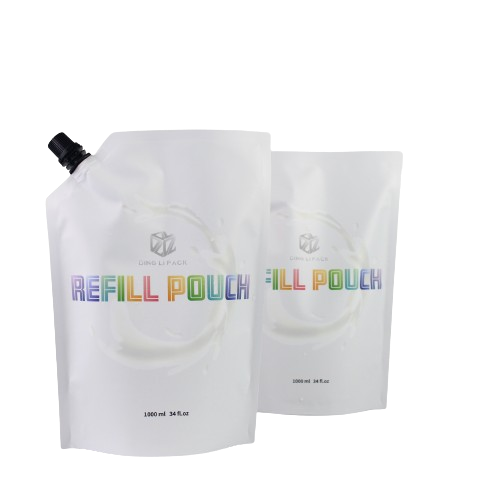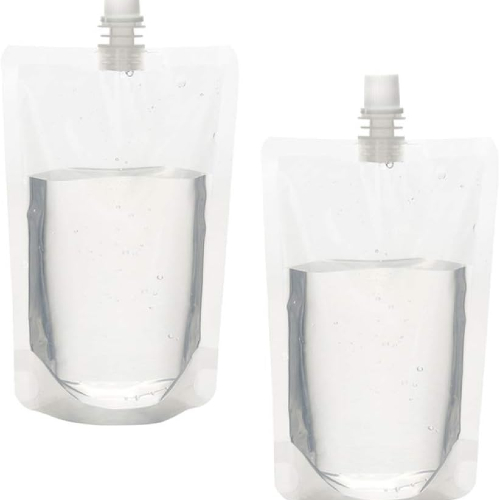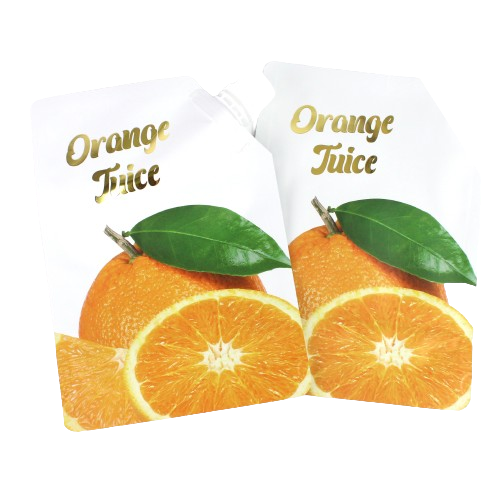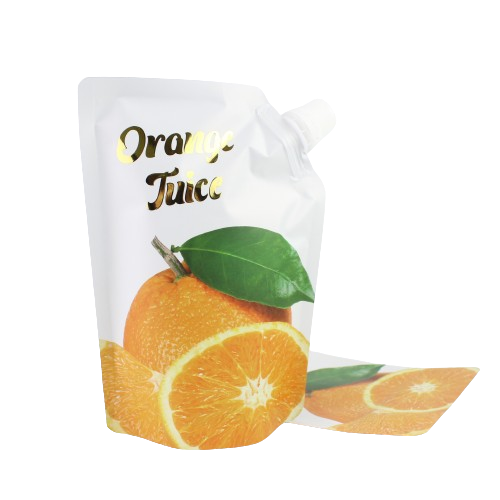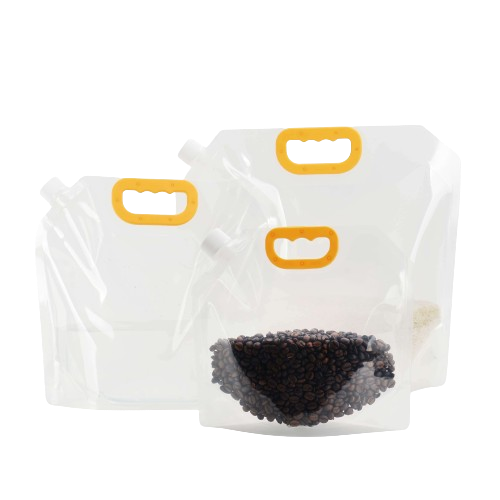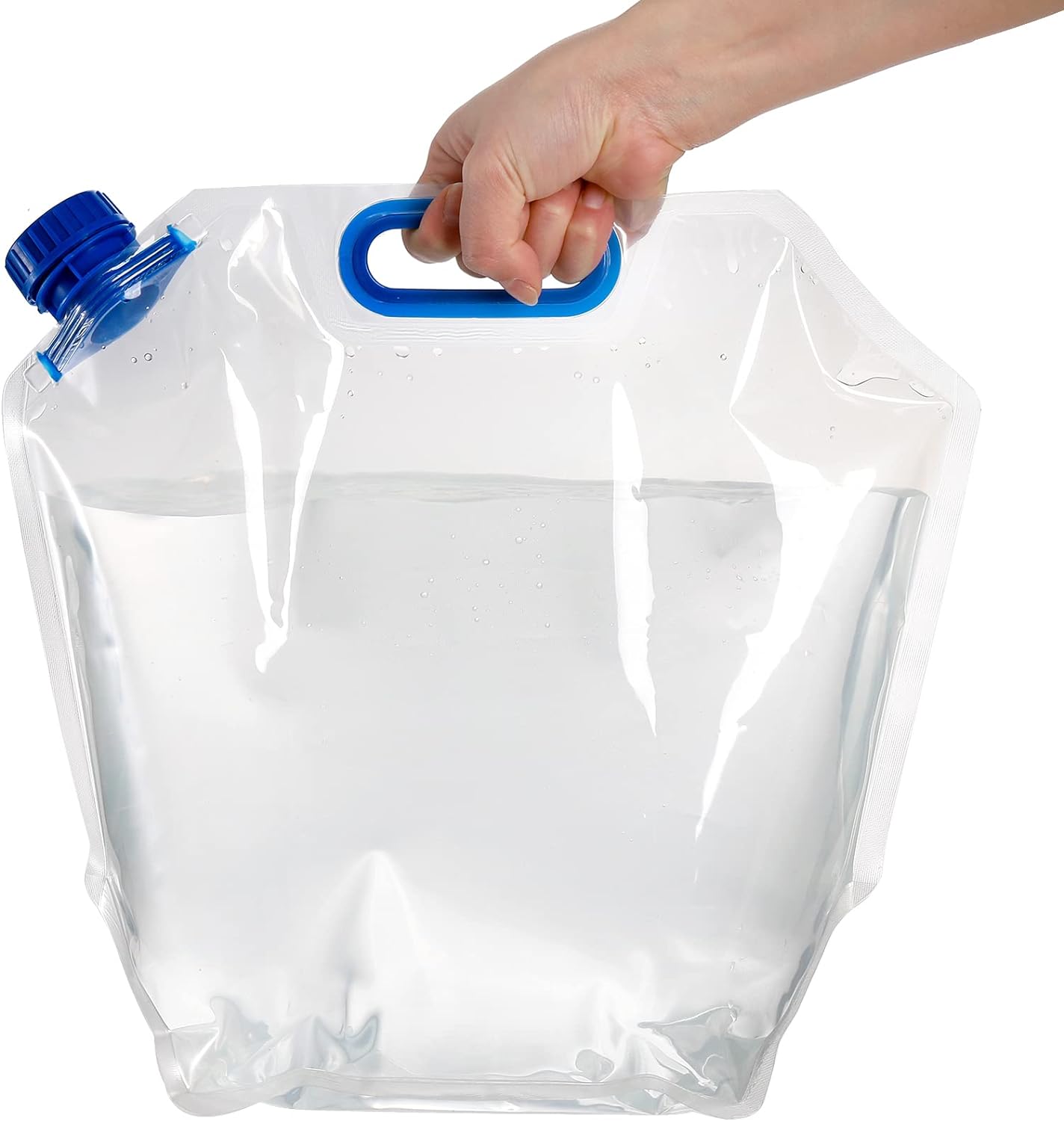In today's fast-paced world, convenience and functionality are key factors in product packaging. One such innovation that has taken the market by storm is stand up pouch with spout. But have you ever wondered what goes into crafting this seemingly simple yet highly effective packaging solution? Join us as we delve into the intricacies of how to make a spout pouch, exploring every step from design to final product.
Step 1:Understanding Why You Need A Spouted Pouch
Before you embark on creating it, it's important to establish the purpose for your bag. Is it for liquid, dry or semi-solid products? Each application will have specific considerations in terms of material, design as well as functionality. For example, juice spout pouches should be made from materials that are safe for food and can withstand carbonated beverages pressure.
Step 2: Designing Your Spout Pouch
This is where creativity meets practicality when designing any product. This will include aspects like branding, product visibility, and ease of use. The right kind of
printed spout bag should be appealing to customers while also being easy to pour from and reseal. Thus, hire a professional packaging designer who specializes in making sure that your product stands out at the point of sale while meeting all functional requirements as required by various markets.
Step 3: Selecting the Right Materials
Choosing the appropriate materials is paramount in the manufacturing process. Factors such as durability, barrier properties, and recyclability should be taken into account. For example, a spouted pouch for wine might require a multi-layer laminate structure to prevent oxygen permeation and maintain the product's integrity. On the other hand, a pouch for dry goods like cereal might use a simpler, more cost-effective material.
Here's a summary of the different material structures used for spout pouches:
| Structure |
Description |
Suitable Products |
|
PET/VMPET/LDPE |
Combines the strength and clarity of PET, the barrier properties of VMPET, and the flexibility of LDPE. |
Snacks, Pet food, Some types of powdered products |
|
BOPP/VMPET/LDPE |
Provides good stiffness and printability, while VMPET adds barrier properties. |
Coffee, Tea, Spices |
| PA/VMPET/LDPE |
PA offers excellent strength and puncture resistance, |
Industrial chemicals, Some types of liquid foods |
| PET/AL/LDPE |
Combines the strength of PET, the excellent barrier properties of aluminum foil, and the flexibility of LDPE. |
Processed foods, Pharmaceuticals, Nutraceuticals |
| PA/AL/LDPE |
Similar to the PET/AL/LDPE structure, but with the added strength and puncture resistance of PA. |
Industrial chemicals, Some types of liquid foods that require extra strength |
| Kraft/AL/LDPE |
Combines the eco-friendly appeal of kraft paper with the barrier properties of aluminum foil and the flexibility of LDPE. |
Organic products, Some types of dry foods |
Step 4: Choosing the Appropriate Spout Design
The spout itself is a critical component of the pouch. It needs to be designed in a way that allows for smooth pouring without leakage or clogging. Different products may require different spout shapes and sizes. For instance, a narrow, elongated spout is ideal for thicker liquids like honey, while a wider, shorter spout might be better suited for thinner liquids like water.
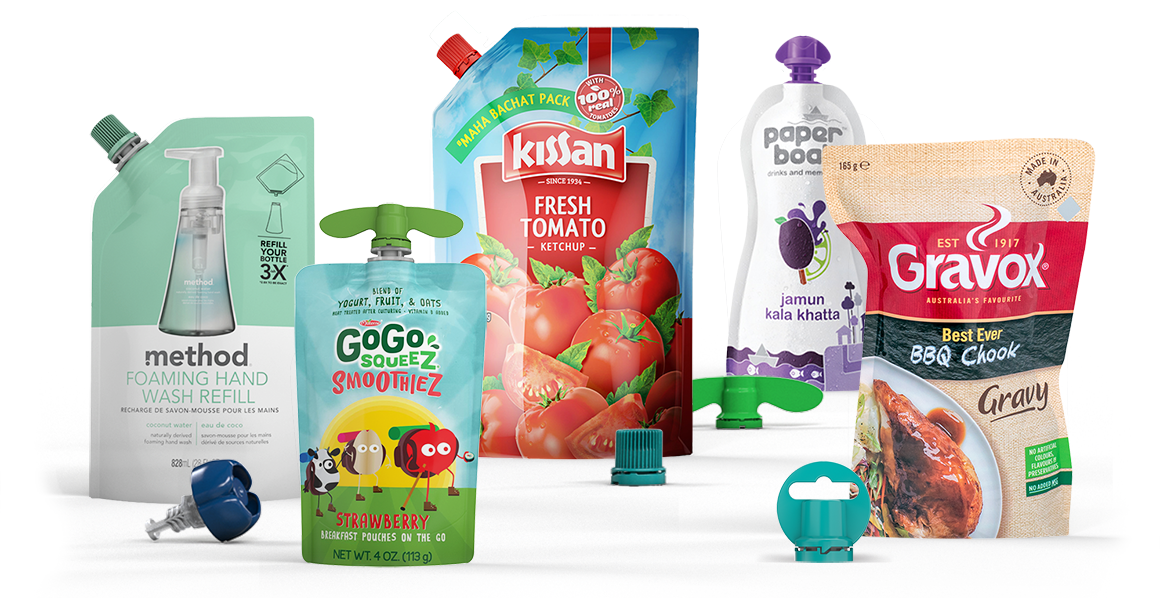
Step 5: Sealing the Material and Spout
Once the design and materials have been selected, it's time to bring it all together. The sealing process involves attaching the spout to the pouch material using heat or adhesive, ensuring a secure and leak-proof connection. This step requires precision and attention to detail to guarantee the integrity of the final product.

What to consider before filling spout pouches?
There are a number of essential elements to think about to guarantee item customer complete fulfillment and high quality. Right below are some essential factors to consider:
1.Product choice: Selecting the appropriate product is essential for guaranteeing the resilience and performance of spout bags. Generally, these bags are made from multilayer plastic movies, such as polyethylene (PE) or polyester (PET), which can offer great obstacle residential or commercial homes to safeguard the components from oxygen, light, and wetness.
2.Sealing: Ensuring the seal integrity of spout pouches is key to preventing leaks and contamination. This includes checking that the sealing machine settings are correct and that the sealing process is uniform and consistent.
3.Filling volume: Accurately controlling the filling volume not only prevents waste but also ensures consistent product content in each bag, which is important for maintaining brand reputation and consumer trust.
4.Cleanliness and sanitation: Maintaining a clean and sanitized work environment during the filling process is an important measure to prevent cross-contamination. Additionally, ensuring that the equipment used is properly cleaned and sanitized is equally important.
5.Regulatory compliance: Depending on the region where you operate, there may be specific packaging and labeling requirements to comply with. This may include ingredient lists, nutritional information, allergen declarations, etc.
Step 6: Quality Inspection
No matter how meticulous the manufacturing process is, quality control is essential. Each spout pouch should undergo rigorous testing to ensure it meets industry standards and consumer expectations. This includes checking for leaks, proper sealing, and overall functionality.As a professional packaging products manufacturer and supplier, we conduct various tests before supplying them. These include:
3.Interlayer adhesion test to verify the bonding between different layers of the bag.
4.Burst test to determine the internal pressure capacity of the bag.
5.Pressure test to assess leak-proof and spill-proof properties.
6.Tensile strength test to understand the load limit during transportation and storage.
7.Puncture resistance test to ensure the bag can withstand sharp objects.
8.Drop test to establish standards for single bag and full box drops, ensuring a controllable breakage rate.Default standard - The bag body is free to fall vertically 5 times at a height of 1.5 meters without damage.
About us
At
XinDingli, we specialize in crafting high-quality spout pouches tailored to your specific needs. With our expertise in design, material selection, and manufacturing processes, we guarantee a packaging solution that not only protects your product but also enhances its appeal on the market. Contact us today to discuss your requirements and experience the difference that comes with partnering with industry leaders.















